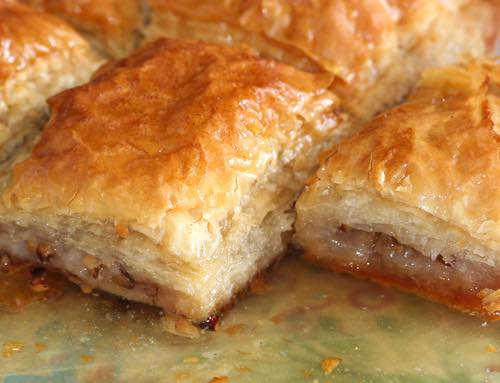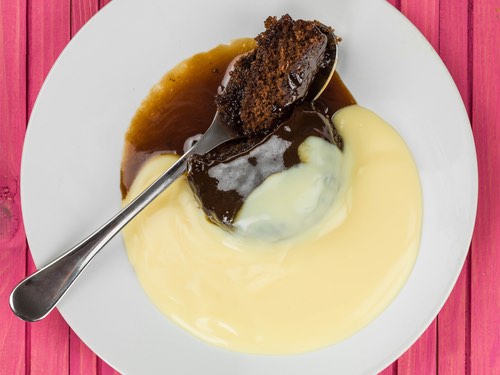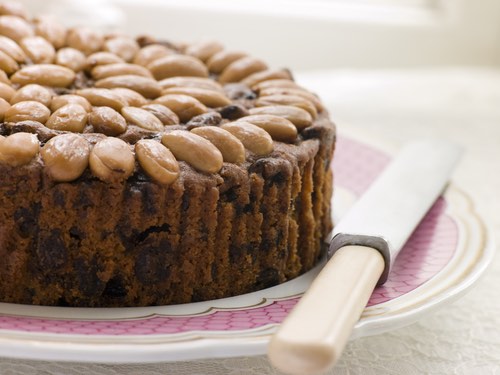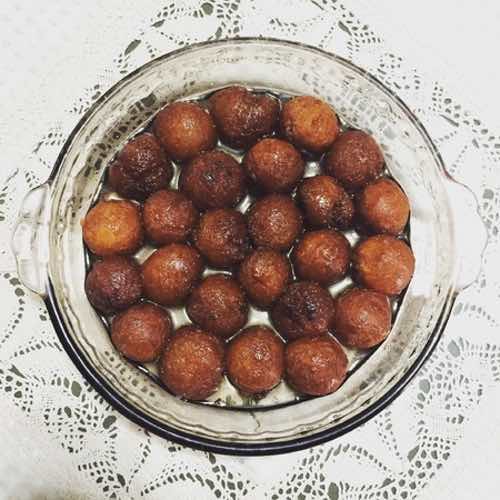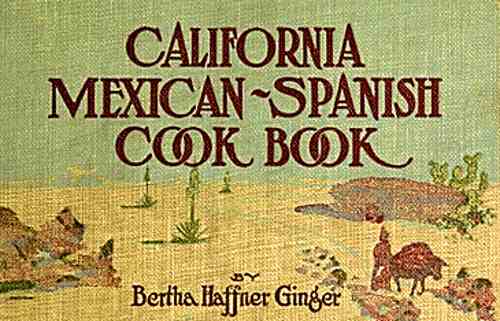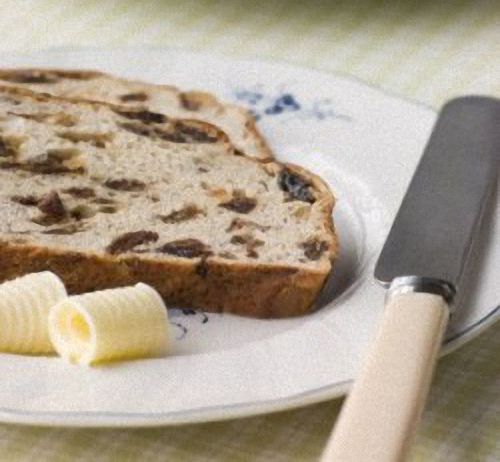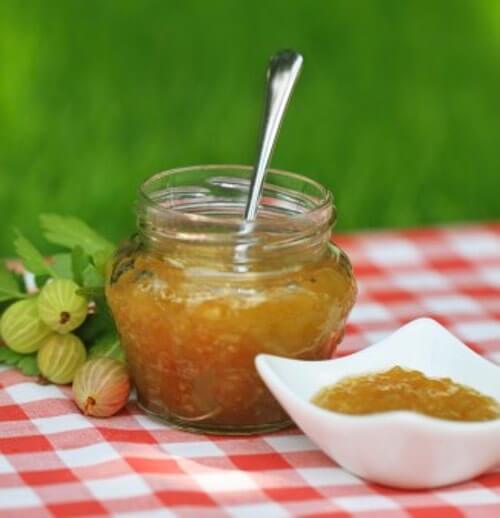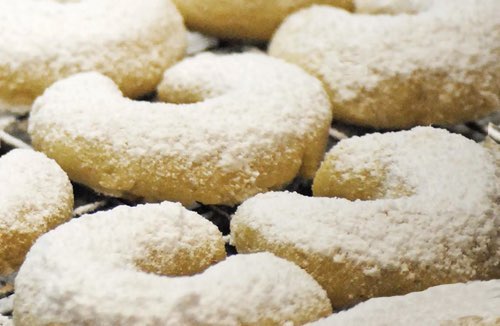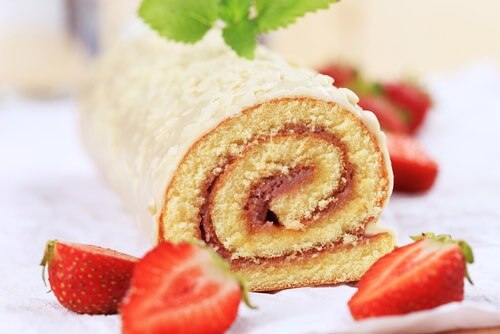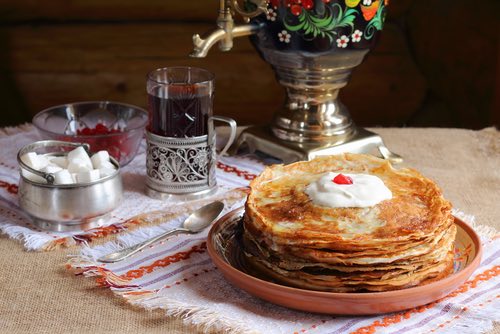- Home
- International Dessert Recipes
- Traditional Japanese Sweets Recipes
Traditional Japanese Sweets Recipes
Traditional Japanese sweets recipes from the early 1900s are rare and not easy to find, but I have managed to locate several in Grandma's cookbook collection.
You'll have fun trying these old fashioned candy recipes from Japan. You'll enjoy the unique and delicious taste of these confections that truly are out of the ordinary.
Traditional Japanese Sweets Recipes
Chinese-Japanese Cook Book (1914)
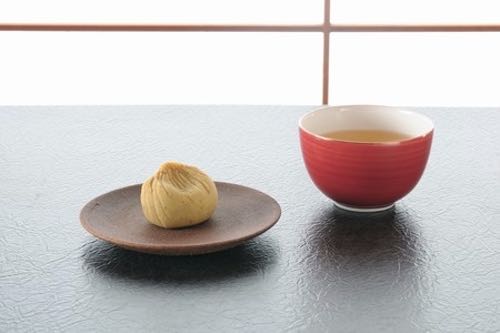 Japanese Kuri Kinton (Chestnut Cream Candy) and Tea
Japanese Kuri Kinton (Chestnut Cream Candy) and Tea(Source: ©paylessimages/123RF Stock Photo)
Chestnut Kintons / Japanese Cream Candy
Grandma's Tip
Mirin sauce (pronounced MEE-reen) is a sweet rice wine used in traditional Japanese cooking.
To substitute 3/4 pint, make simple syrup with 3/4 cup water and 3/4 cup white sugar by letting it dissolve over medium heat for about 4 minutes, then mix in 6 teaspoons rice vinegar and a pinch of salt.
One quart of chestnuts; one pint of sweet potatoes; one pound of sugar; three-quarters pint of mirin sauce; one tablespoonful of vinegar.
Blanch the chestnuts and place them in lukewarm water. Boil, changing water several times, until you can pierce the nuts with a needle.
Strain off water, then add one pound of sugar, three-quarters of a pint of mirin sauce, and boil slowly.
Have ready (Japanese) sweet potatoes, which have been peeled and boiled for twenty minutes. Add to them the vinegar, and strain and press through a sieve.
Gradually mix with the chestnuts, and slowly boil, stirring constantly, until dry, then mold into desired shapes. Roll in powdered sugar.
This might be called the Japanese Fudge Recipe.
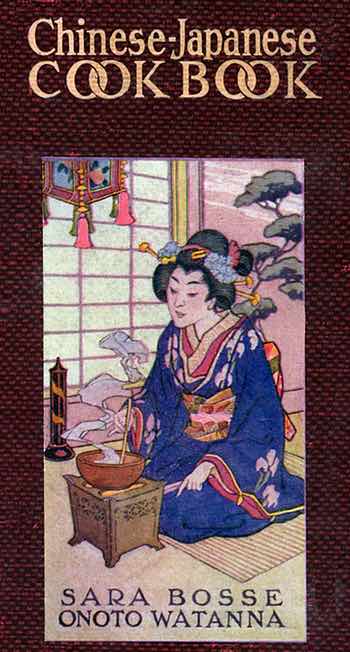 Chinese-Japanese Cookbook 1914
Chinese-Japanese Cookbook 1914Owa Okashi
A favorite Japanese candy. It is made of sweet rice roasted over an open fire, same as popcorn, mixed with goma seeds (black sesame seeds), and held together in pressed bars with barley sugar. It is an improvement over the American popcorn-peanut balls.
Yomoga Ga Shima
Grandma's Tip
Either sugar or honey may be used as an optional sweetener in this traditional Japanese sweets recipe.
This crisp little Japanese cake comes prepared in boxes. It acquired fame through its being the favorite cake of the late Mikado.
To make it, boil to a paste fresh or dried (previously soaked) lima beans. When they are cooked, set them aside to cool and thoroughly dry, then pound them to a fine flour.
Roll on a floured board into thin crackers, and bake in a hot oven (425°F) till crisp. They can be sweet or not, as desired.
Japanese Sweet Potato Candy / Wagashi
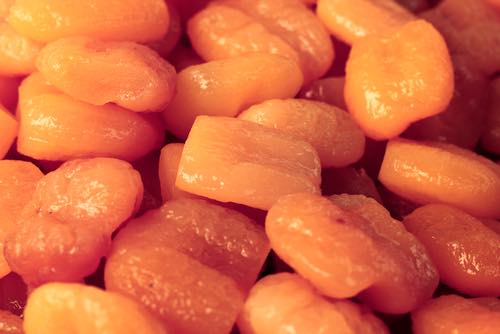 Japanese Sweet Potato Candy
Japanese Sweet Potato Candy(Source: ©seagamess/Depositphotos.com)
This is loved by Japanese children, and is easily made. Boil sweet potatoes, mash and roll them into little balls, then toss into boiling syrup. Let them brown. Take out, and set to cool and become brittle.
Japanese Rice and Nut Candies
Grandma's Tip
The unnamed seeds are optional, but sesame seeds could be used.
These candies come in a great variety of ways. They are made chiefly of boiled rice pressed into balls with chopped nuts, tossed into boiling syrup, and then allowed to cool and harden. Seeds are often added, but these cannot be obtained in America.
About the Traditional Japanese Sweets Recipes
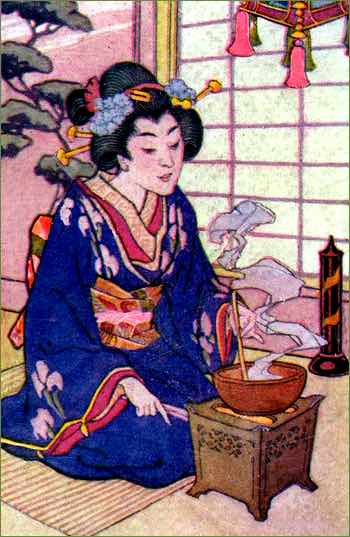 Enjoy Authentic Japanese Desserts
Enjoy Authentic Japanese DessertsChinese-Japanese Cookbook, 1914
The traditional sweet potato wagashi (candy) is simple to make, and it's remarkably delicious to eat. Wagashi are small confections often served with tea.
The chestnut kinton confection is traditionally served in Japan at the New Year meal, as its golden yellow color symbolizes prosperity for the coming year.
The other confections might take a little longer to prepare, but it's always fun to experiment. These old fashioned Japanese candies would make a lavishly perfect treat after a meal of homemade sushi.
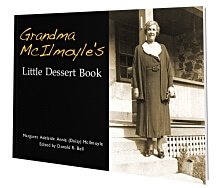
Sign Up now for GRANDMA'S DESSERT CLUB and download your FREE PDF COPY of Grandma McIlmoyle's Little Dessert Book. Also receive my regular Bulletin featuring classic recipes and nostalgia.

